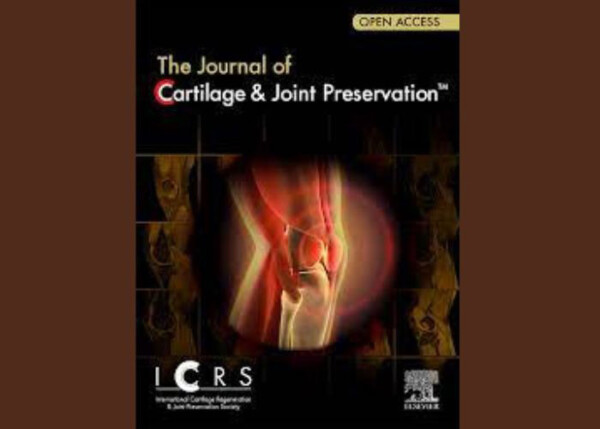
Authors:
Matthew P. Corsia, Adam B. Thompson, Nicholas I. Kenned, Robert F. LaPrad, MD, PhD, and Gilbert Moatshed
Abstract:
Multiligament knee injuries (MLKIs) are severe injuries that involve complete or partial tear to multiple ligaments of the knee, such as the cruciate ligaments, collateral ligaments, as well as structures such as the posteromedial and posterolateral corners. These injuries often occur as a result of high-energy trauma in motor vehicle accidents, but can also occur during sports activities such as a fall or collision while skiing or snowboarding. Diagnosis of an MLKI can be challenging due to the multifaceted nature of these injuries, and a comprehensive evaluation, including a thorough history, physical examination, and imaging studies, is necessary. Imaging methods, such as plain and stress radiographs and magnetic resonance imaging, are often used to confirm the diagnosis and assist in the establishment of a treatment plan. Treatment of MLKIs commonly involves surgical repair or reconstruction of torn ligaments and capsular structures, followed by lengthy rehabilitation focused on mobility, strength, and improving knee function. Return to sport is a concern, especially for those with many ligaments torn and those involving both cruciate ligaments and/or those involving the posterolateral corner. Prevention of MLKIs in skiing and snowboarding is important, and proper technique, equipment, risk awareness, and strengthening exercises can help reduce the risk of injury. While much is known about knee injuries in skiers, further research is needed to better understand MLKIs in ski and snowboard athletes, including the incidence, optimal management, and return to sport rates.
You can download the study: Multiligament Knee Injuries in Winter Sports Athletes
